Across much of the Outer Cape, along wooded trails, the sides of roads, the edges of marshes, and the mouths of rivers, those who pay close attention to the land can discover a wealth of native foods: wild berries, mushrooms, sea beans, seaweed, and shellfish — all of them as indigenous to this area as its earliest people, the Wampanoag, who fished and harvested seasonally here.
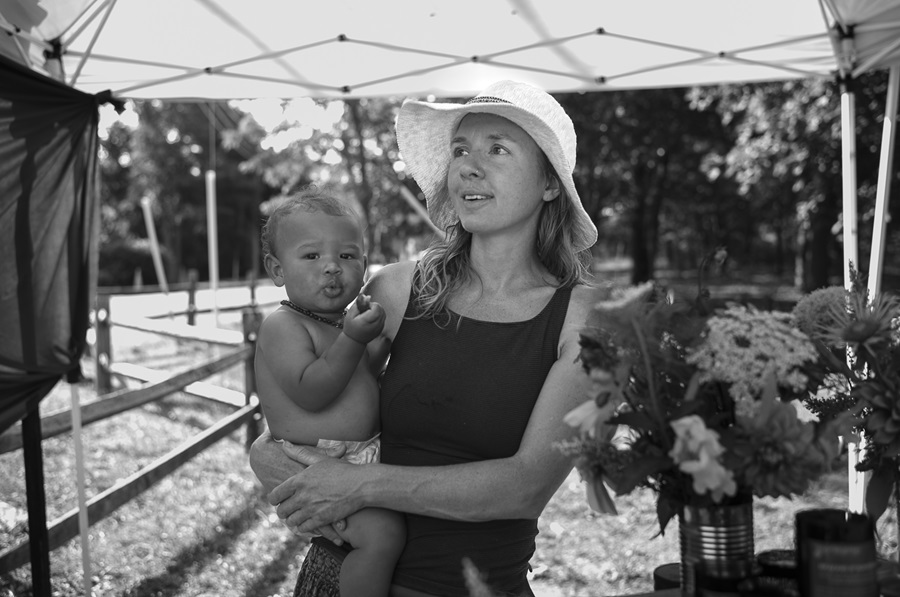
For some people who know this landscape well, that foraging tradition continues today. If you’ve eaten at Ceraldi in Wellfleet, you may have tasted Michael Ceraldi’s tempura milkweed — he batters and fries the perennial that sprouts along roads and is also food for butterflies. Or perhaps you’ve tasted oysters at one of shellfisherman Jason Weisman’s raw bars — sea beans are an ingredient in the garnishes he drizzles on his bivalves. These salty stalks, which are also delicious in salads, grow on the edges of our marshes and salt ponds. And if you’ve visited any of the Outer Cape Cod farmers markets in June or July, you’ve had the chance to taste wild blueberries gathered on friends’ land in Truro by farmer Arin Hirst.
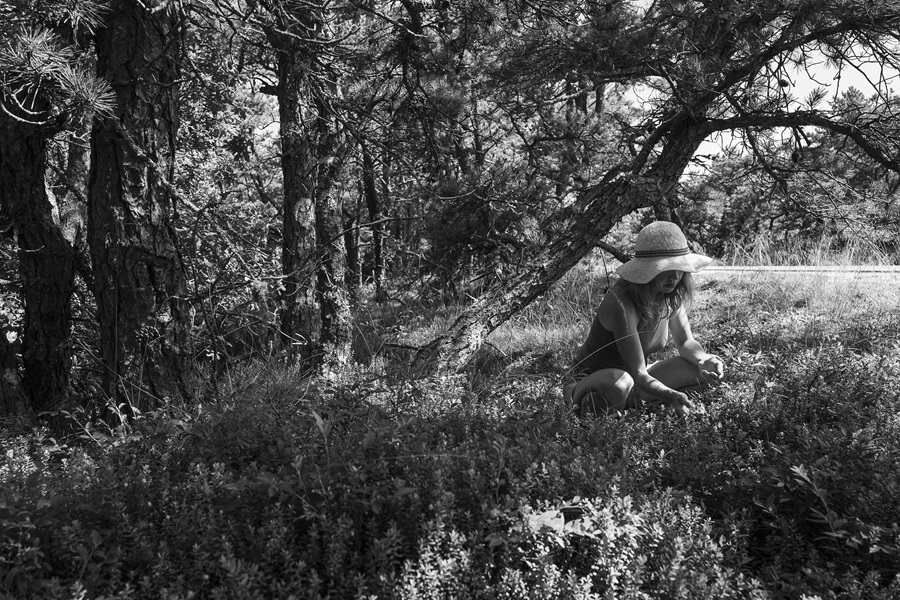
Herbalist Sarah Naciri is there, too, at all the Outer Cape farmers markets, selling teas, syrups, oils, and salves, all of which include ingredients that she harvests wild from the woods, marshes, and dunes near her Truro home — elderberries, cranberries, sassafras, mushrooms, rose hips, pine needles, nettles, and yarrow among them.

“Indigenous people have been gathering food and medicine here for thousands of years,” says Naciri. “They carried with them and passed down local knowledge about how to use what the land gave them. As a society, we’ve forgotten or abandoned much of that wisdom. But there are still wild plants that grow in abundance and offer us, humans and animals, incredible nourishment.”
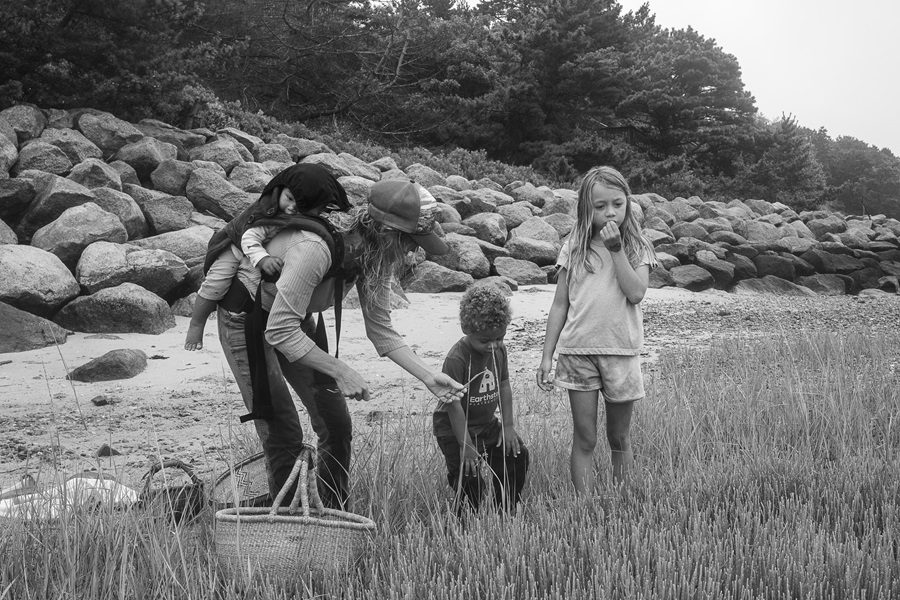
Naciri forages and “wildcrafts” every month of the year here and on trips to northern New England. Some plants, like blueberries, she keeps only to feed her family. She has three young children, Leela, 8, Ahkiel, 3, and Khalief, who is 10 months old. All of them regularly join her on foraging expeditions and help in Naciri’s backyard gardens as well as in Sustainable CAPE’s Children’s Community Garden at the Truro library, which Naciri oversees and uses as a classroom to teach children about growing food.
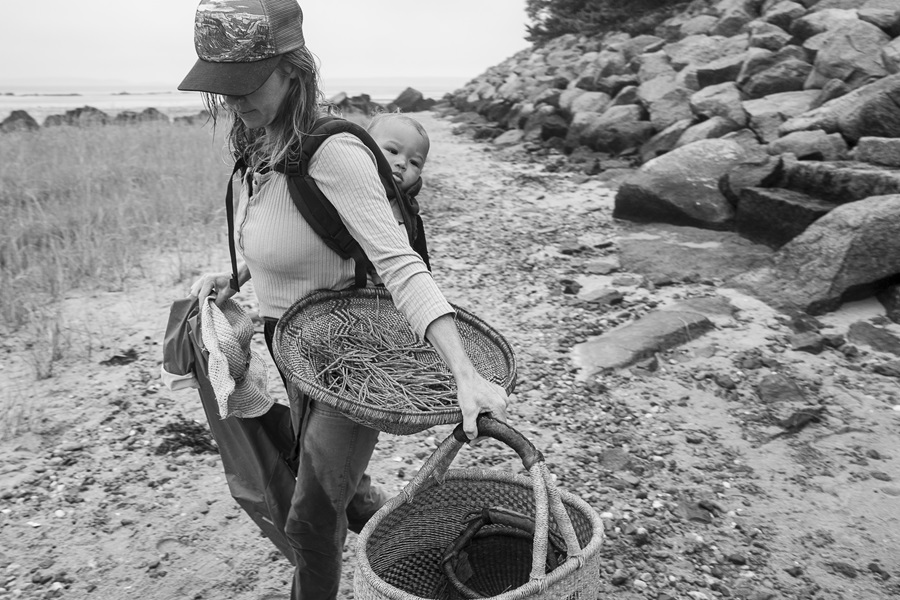
Many of her finds, though, including nettles, cranberries, rose hips, and a variety of mushrooms, become ingredients for her tea blends and seasonings, which she packages for her Wild Blossoms Apothecary label and sells to farmers market customers and to people who find her online.
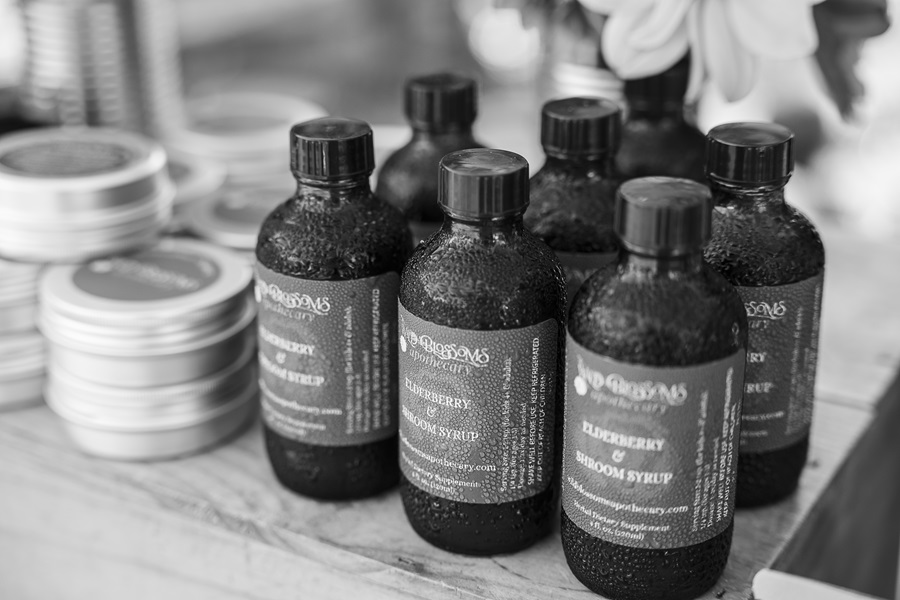
“Wildcrafting is not for everyone,” says Naciri. It’s not just about knowing where to go, she says. “You have an obligation to learn about the plants you forage, to know what’s in season and when, which part of the plant to pick, and how to harvest thoughtfully and sustainably.”
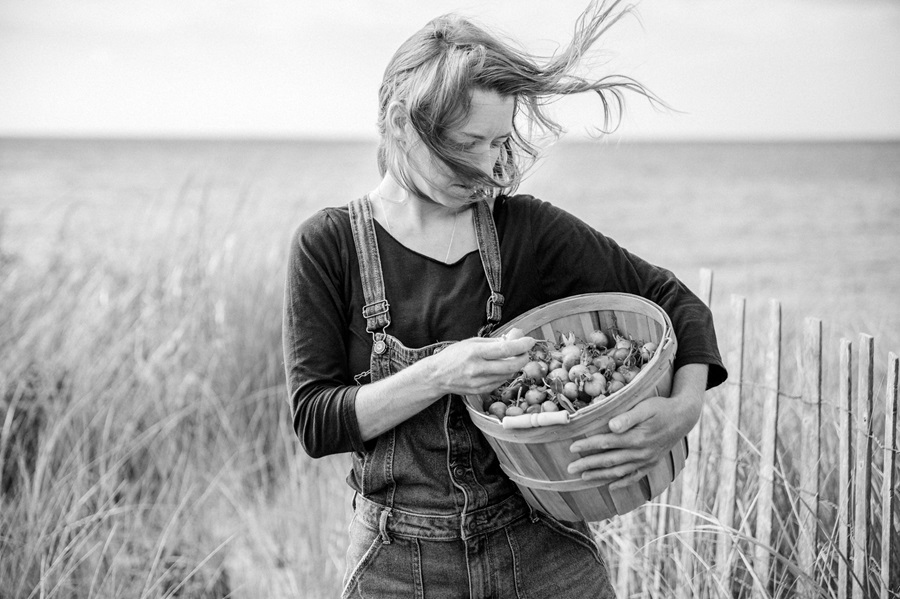
Naciri says that sometimes visitors who don’t know or don’t care overharvest wild plants, especially wild mushrooms. “The plants and berries that grow here also sustain wildlife,” she says. “They also provide cover and are an important part of a larger ecosystem.”
“Wildcrafting,” says Naciri, “means appreciating the gifts we get from the land and taking seriously our responsibility to care for it.”
